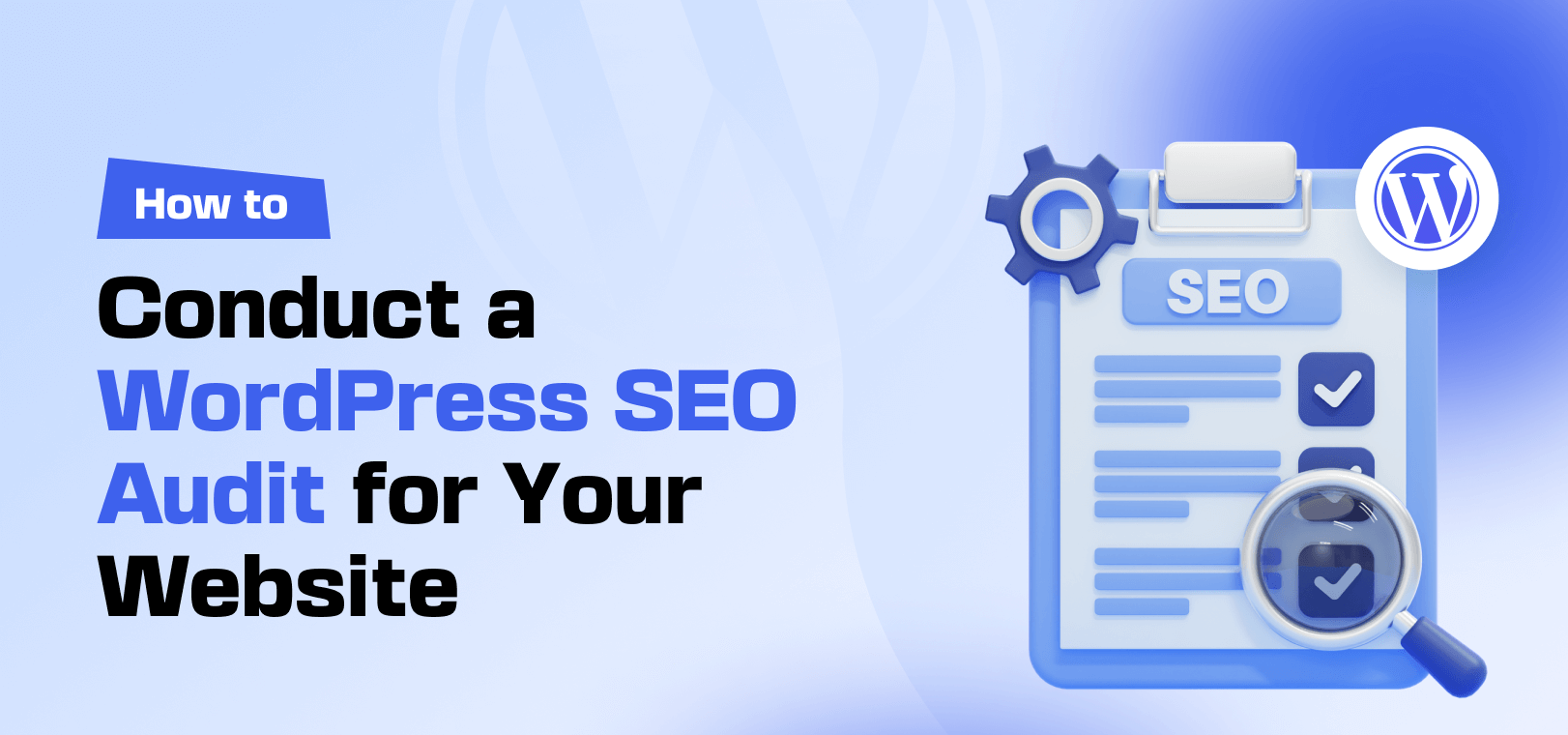SEO audit is a crucial aspect of any website’s SEO strategy. Whether you’re optimizing a new site or reassessing the performance of an existing one, performing a thorough SEO audit helps you identify issues and areas for improvement. In this article, we will walk you through the process of conducting a complete SEO audit for your website.
1. What is an SEO Audit?
An SEO audit is a comprehensive evaluation of a website’s current SEO performance. It involves analyzing both the technical and content elements that impact a website’s ability to rank on search engines. The goal of an SEO audit is to identify strengths, weaknesses, and opportunities for improving the site’s search engine visibility.
2. Why is an SEO Audit Important?
SEO is a constantly evolving field, and search engines like Google update their algorithms frequently. Conducting an SEO audit ensures that your site keeps up with the latest SEO best practices and that your content and technical aspects are optimized for higher rankings.
Some of the key benefits of an SEO audit include:
- Improved rankings: Fixing technical issues and optimizing content can help your website rank higher.
- Better user experience: SEO audits highlight areas that improve user experience, such as website speed and mobile-friendliness.
- Increased traffic: Proper optimization leads to more visibility in search results, resulting in higher organic traffic.
- Competitive advantage: Regular audits ensure that your site stays ahead of the competition.
3. Steps to Conduct an SEO Audit
Step 1: Crawl Your Website
The first step in conducting an SEO audit is to crawl your website. Crawling your site allows you to identify how search engines are reading your content and indexing your pages.
Tools you can use:
- Google Search Console: Provides insights into crawl errors, indexation issues, and any penalties.
- Screaming Frog SEO Spider: A powerful tool for crawling your site and identifying issues such as broken links, duplicate content, and missing metadata.
Look for:
- Crawl errors: Pages that search engines can’t access.
- Redirects: Ensure that 301 redirects are used correctly.
- Indexation issues: Make sure that important pages are being indexed and irrelevant pages aren’t being crawled.
Step 2: Check for Mobile-Friendliness
With mobile traffic now making up the majority of web users, having a mobile-friendly website is crucial for SEO. Google uses mobile-first indexing, which means it looks at the mobile version of your website first when ranking it.
Tools you can use:
- Google’s Mobile-Friendly Test: This tool will analyze your site’s mobile responsiveness and give suggestions for improvement.
Things to check:
- Responsive design: Ensure your site adapts well to different screen sizes.
- Mobile speed: Test the loading times on mobile devices. Slow-loading mobile pages can harm your rankings.
Step 3: Check Site Speed
Website speed is a ranking factor for both desktop and mobile search results. Slow pages lead to higher bounce rates and a poor user experience, which can negatively affect your SEO.
Tools you can use:
- Google PageSpeed Insights: Provides insights into your site’s speed and recommends ways to improve it.
- GTmetrix: Analyzes your website’s speed and provides detailed reports on how to optimize it.
Pay attention to:
- Large images: Compress images to improve load times.
- Unnecessary scripts: Remove or defer non-essential JavaScript and CSS files.
- Server response time: Ensure your hosting server is fast and reliable.
Step 4: Evaluate On-Page SEO
On-page SEO refers to the elements on your website that you can control, such as the content, HTML tags, and images. Optimizing these elements can help improve your search rankings.
Things to check:
- Title tags: Ensure every page has a unique title tag that includes relevant keywords.
- Meta descriptions: These should be enticing and include keywords that accurately describe the page.
- Headings (H1, H2, etc.): Properly structured headings help both users and search engines understand the content of your page.
- Keyword optimization: Ensure the page content is optimized for relevant keywords without keyword stuffing.
- Alt text for images: Each image should have a descriptive alt text, which helps search engines understand the image content and improves accessibility.
Step 5: Review Backlinks
Backlinks are one of the most important ranking factors. High-quality backlinks from authoritative sites can significantly improve your website’s SEO.
Tools you can use:
- Ahrefs: A powerful tool for backlink analysis, showing which sites link to your pages and the quality of those links.
- Moz Link Explorer: Offers insights into your backlink profile and domain authority.
Things to check:
- Quality over quantity: Focus on obtaining high-quality backlinks from authoritative, relevant websites.
- Toxic backlinks: Identify and disavow any harmful backlinks that could harm your site’s reputation.
Step 6: Analyze Content Quality
Content is at the heart of SEO. High-quality, engaging, and relevant content attracts visitors and keeps them on your site longer.
Things to check:
- Content relevance: Ensure your content is valuable and answers the user’s search intent.
- Content length: Longer content often ranks better, but make sure it’s comprehensive and well-structured.
- Duplicate content: Check for duplicate content issues, which can negatively impact SEO.
4. Use Google Analytics to Track Performance
Once you’ve completed the audit and made changes, use Google Analytics to track the performance of your website. Monitor metrics such as organic traffic, bounce rate, conversion rate, and average session duration. This data will help you gauge the effectiveness of your SEO efforts.
5. Action Steps After the Audit
After identifying all issues, prioritize them based on impact and ease of resolution. Start by fixing critical issues (like crawl errors or broken links), followed by less urgent matters (such as content optimization or backlink building).
Common next steps include:
- Fixing technical SEO issues.
- Updating or rewriting old content.
- Building new backlinks.
- Improving page load speed.
Conclusion
An SEO audit is an essential tool in your website’s ongoing optimization process. By regularly conducting SEO audits, you ensure that your site is always aligned with the latest SEO best practices, improving your chances of higher rankings and increased organic traffic.
While conducting an SEO audit may seem overwhelming at first, with the right tools and a systematic approach, you can easily identify and resolve issues that may be holding your site back. Stay proactive and monitor your site’s performance to keep it in top shape!

